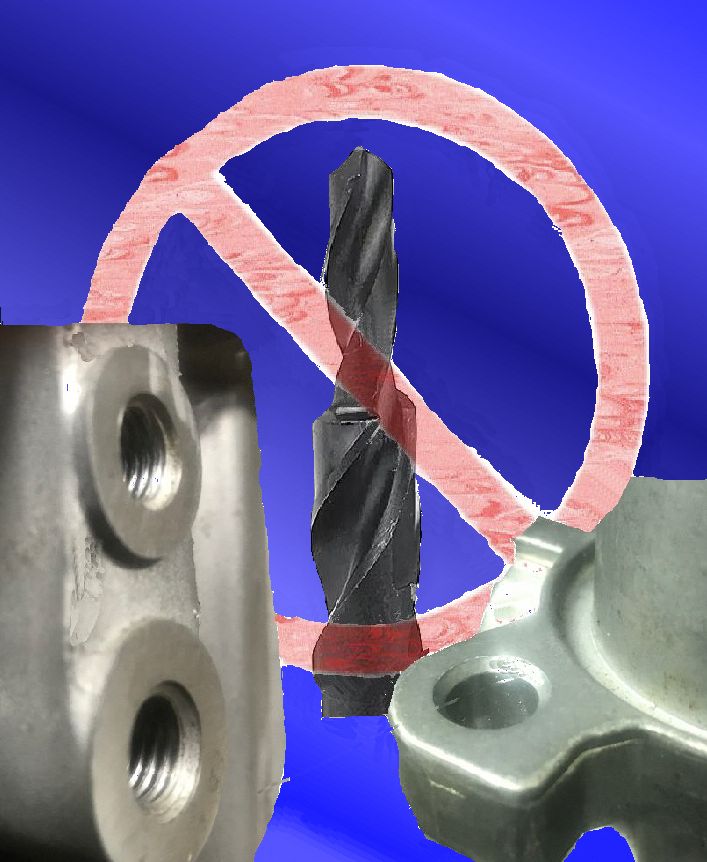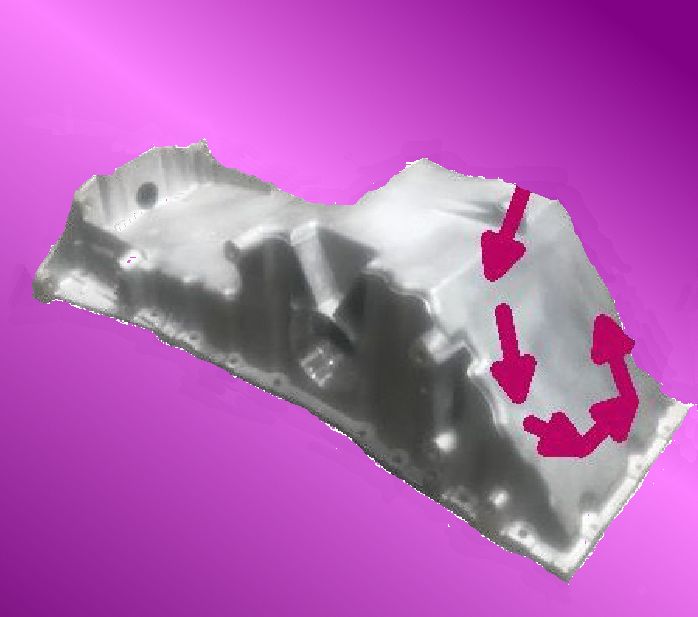
None of us ever think about threaded holes until the customer complaints roll in. You have heard them. The threaded holes are stripping. As a defense your operators end up 100% thread guaging. I have been there too. The thread guages wear out and you are back at the beginning.
The good new is that a more effective solution is possible in aluminum die casting. The .030 (.75mm) thick skin of aluminum die castings is 30% stronger than the interior. This can help you if you don’t use step drills and machine it away. Yes we are talking about near net castings. In general the die must be made by a die shop that knows how to adjust chamfer and counter bore true position guided by casting samples without welding or adding flash lines. Surprise surprise – shrink and warp are more accurately compensated for when real castings dimensions are used. Thread forming taps always make a stronger thread. Some die casting die shops even know the correct core shapes to create holes that can be form tapped without predrilling. Amazingly this type of thread is strong enough to break the bolt first. When the bolts break first the customer has to admit that he is over torquing.
di

